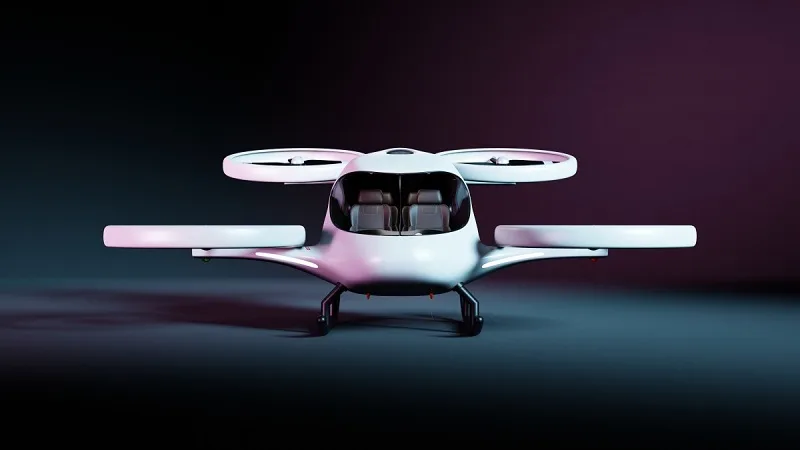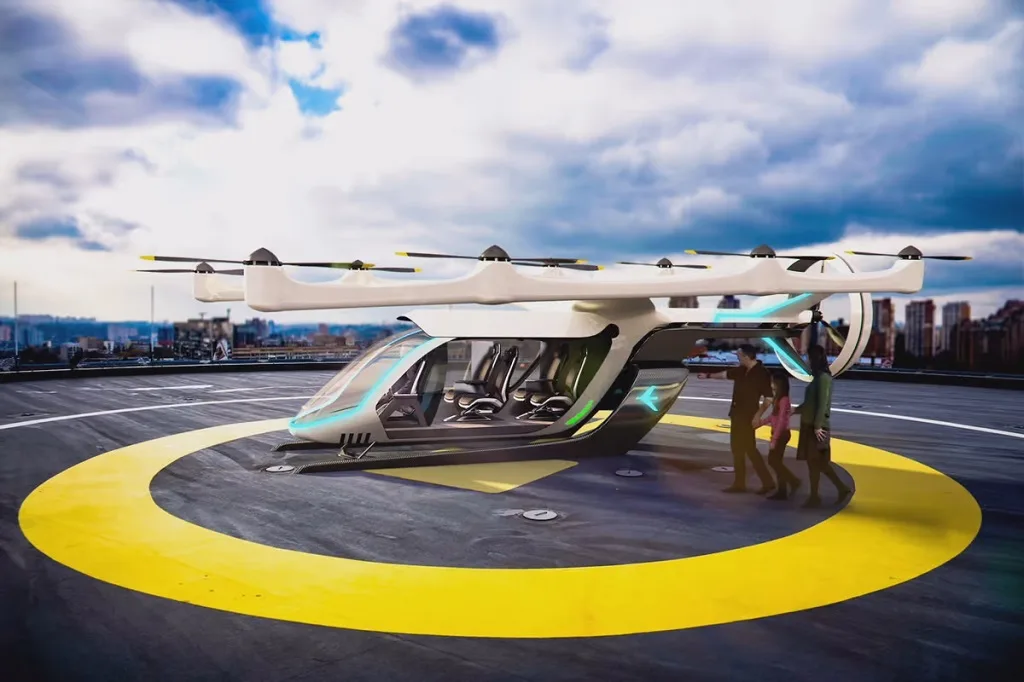
How Airports for Flying Taxis Are Revolutionizing Urban Travel
As the world advances towards a more interconnected future, the need for efficient air transportation systems is growing rapidly. Drones and flying taxis, once the domain of science fiction, are now becoming a reality. The emergence of specialized airports for these vehicles is a critical development that aims to integrate them safely into the existing transportation ecosystem.
What kind of technology is it and when did it appear?
The concept of drones and flying taxis has been around for decades, but only in recent years has the technology advanced enough to bring it to fruition. The primary technology behind these vehicles includes electric propulsion systems, autonomous navigation, and advanced communication networks. Electric Vertical Takeoff and Landing (eVTOL) vehicles are at the forefront of this revolution.
While early concepts emerged in the mid-2000s, the real technological breakthrough came in the 2010s, with significant investments from companies like Uber, Boeing, and several startups. These companies focused on creating autonomous flying taxis capable of operating in urban environments, providing a cleaner and faster alternative to ground transportation.
How is it structured and how does it work?
Airports for drones and flying taxis require an entirely new infrastructure. Unlike traditional airports, these facilities are designed to accommodate smaller, vertical takeoff and landing vehicles. The core structure includes designated landing pads, advanced traffic management systems, and integration with local transportation networks.
The airports rely heavily on air traffic control technologies, including AI-driven systems that monitor and direct the movement of both manned and unmanned vehicles. Additionally, drones and flying taxis are equipped with collision avoidance systems, real-time communication with ground stations, and seamless connectivity through 5G networks, ensuring a safe and efficient operation.
Where is it already used?
Several countries have already started to implement these technologies. In Dubai, flying taxis are being tested to provide public transportation. The city’s futuristic vision includes a network of vertiports designed specifically for these vehicles.
In the United States, NASA is working with Uber and other private companies to develop the infrastructure required for urban air mobility. Los Angeles is one of the first cities in the US to begin testing this system, with plans to launch commercial services within the next decade.
Additionally, European cities like Paris are also working on drone and flying taxi integration. In preparation for the 2024 Olympic Games, the city is testing air taxi routes to reduce congestion and provide alternative transportation solutions for visitors.

Where else can it be used?
Airports for drones and flying taxis can serve many other sectors beyond urban transportation. For instance, emergency services like medical evacuations can benefit from faster response times. Air ambulances equipped with drone technology could reach remote areas more efficiently.
The military and defense sectors are also exploring the use of flying taxis for rapid troop deployment and supply delivery. Their ability to operate in rough terrains makes them an ideal choice for areas inaccessible to conventional vehicles.
Moreover, these technologies can revolutionize logistics. Companies like Amazon and DHL are already experimenting with drone delivery systems, which could be expanded through the establishment of drone airports to handle a larger volume of air deliveries.
In agriculture, drones equipped with advanced sensors are used for monitoring crops, soil, and weather conditions. Dedicated drone airports in rural areas can support large-scale operations, further enhancing agricultural efficiency.
How effective is it?
The effectiveness of airports for drones and flying taxis is evident in several ongoing projects. They have proven to reduce transportation times significantly in congested urban areas. For example, early tests in Los Angeles suggest that air taxis could cut travel time by 50% compared to traditional car routes.
Moreover, these technologies are environmentally friendly. The use of electric propulsion in drones and flying taxis helps reduce carbon emissions, which is critical for cities looking to lower their environmental impact.
However, challenges remain. The cost of developing and maintaining the infrastructure, as well as ensuring public safety and regulatory approval, are ongoing hurdles. Despite these issues, the potential benefits far outweigh the challenges, making this technology a crucial element of future urban transportation.
